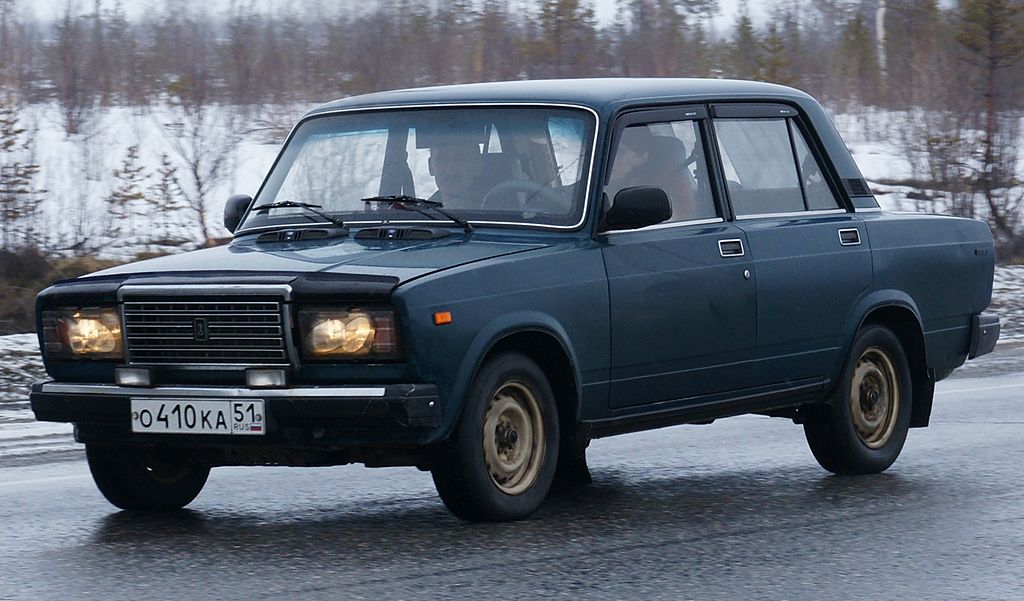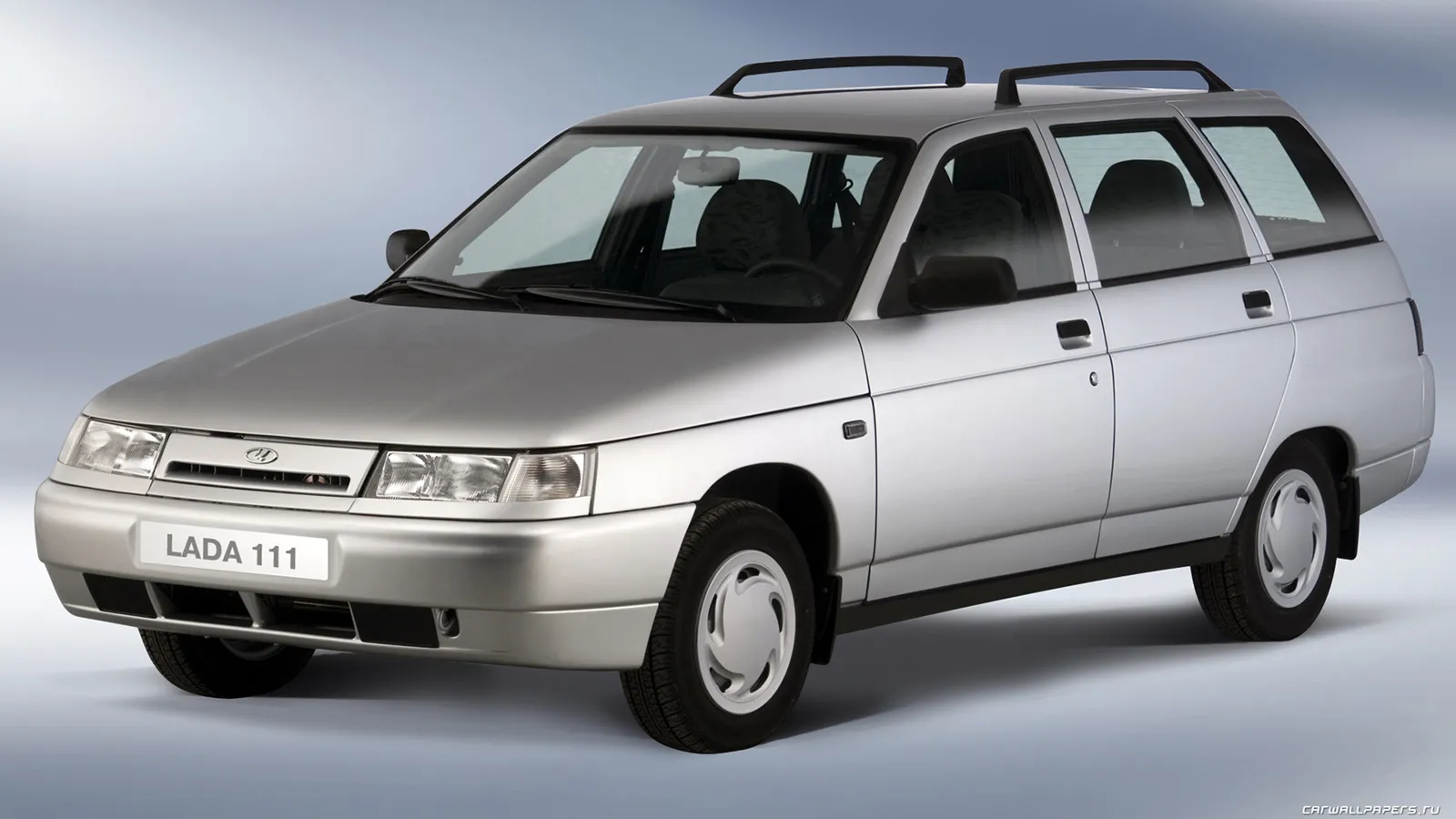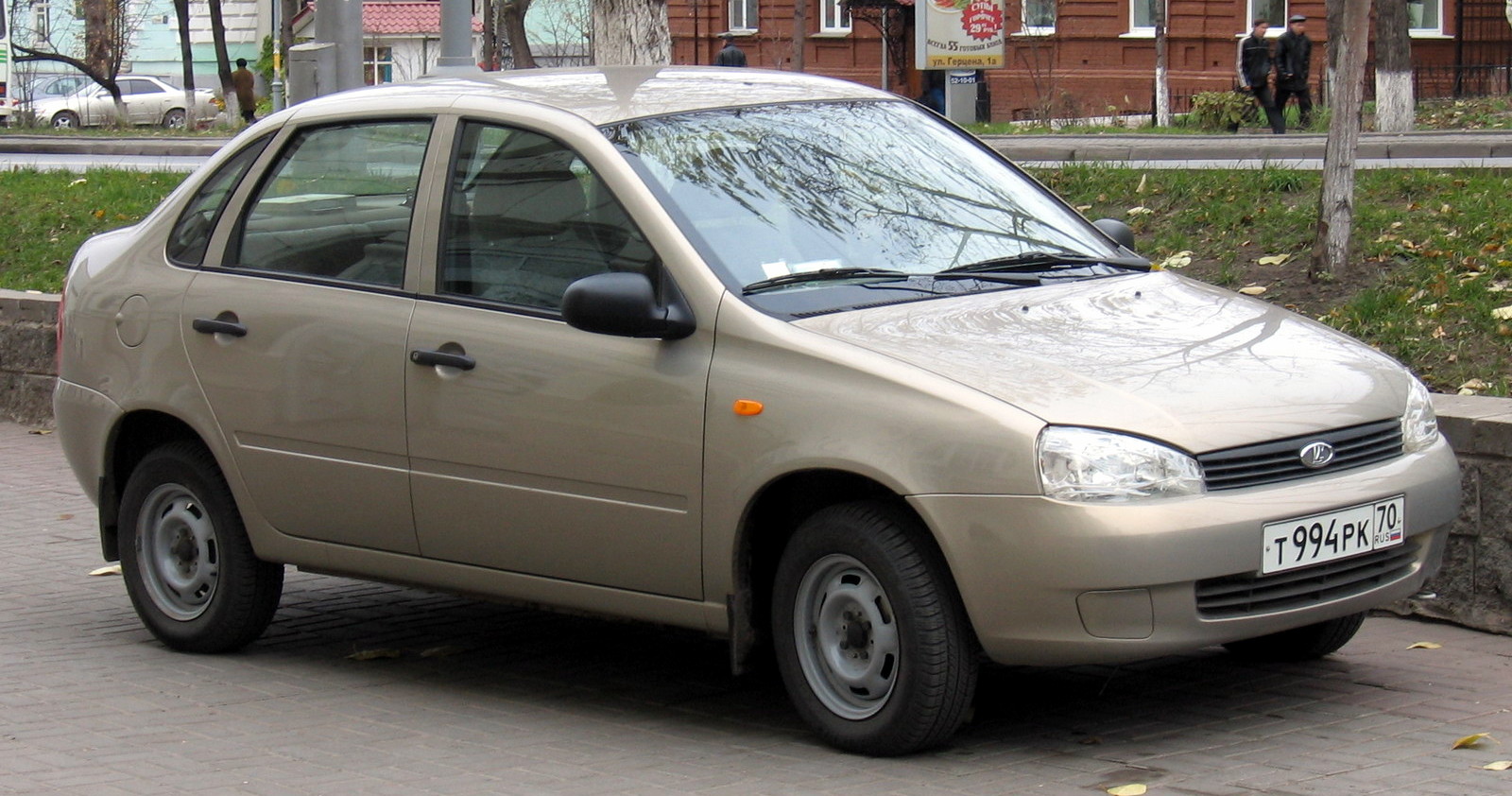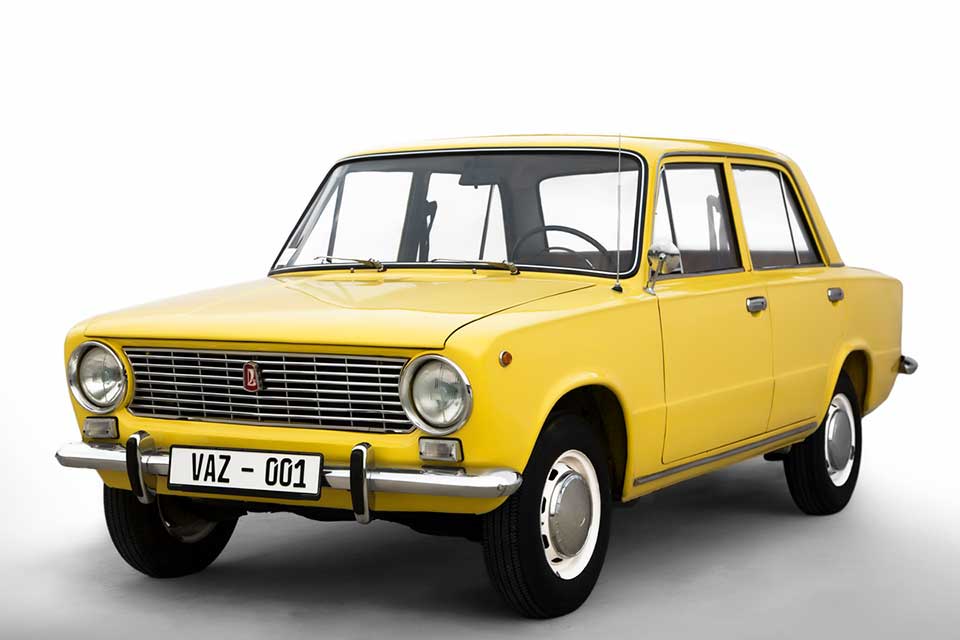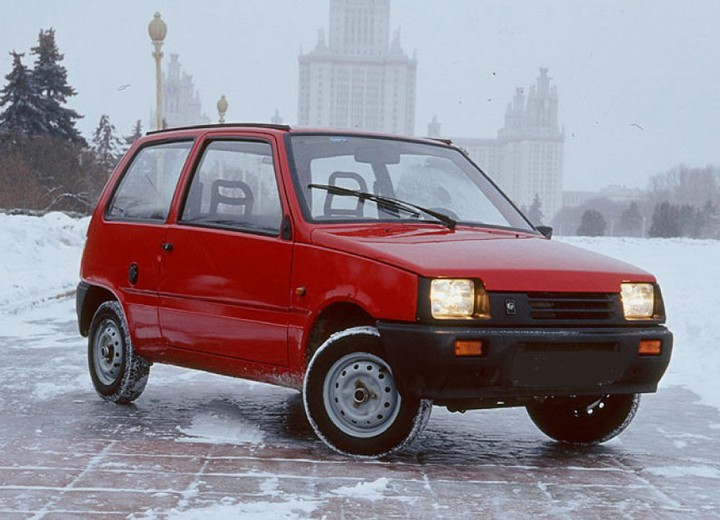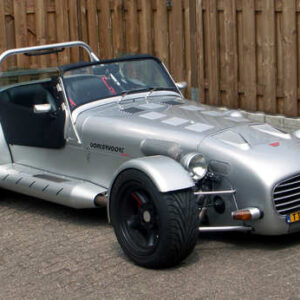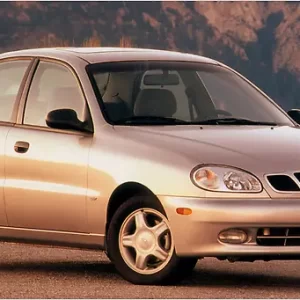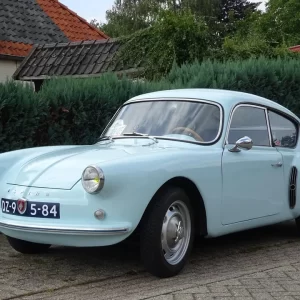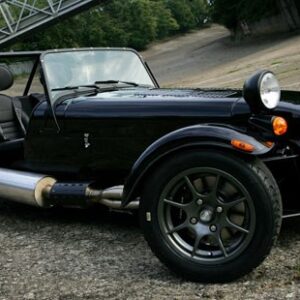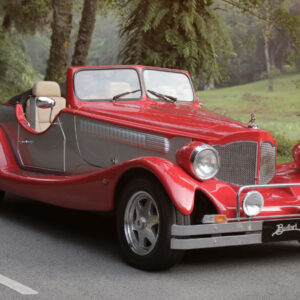Lada Vaz 2107 (Lada Riva) Overview
The Lada Vaz 2107, commonly known as the Lada Riva, was a robust and reliable sedan produced by the Russian automaker Lada from 1982 to 2012. It gained a reputation for its durability, simplicity, and affordability, becoming one of the most popular cars in its class.
Performance
Powered by a 1.6-liter inline-four petrol engine, the Lada Riva produced approximately 75 horsepower and 118 Nm of torque. While not particularly powerful, it offered sufficient performance for daily commuting and city driving. It had a top speed of around 150 km/h (93 mph) and could accelerate from 0 to 100 km/h in approximately 18 seconds.
Chassis & Body
The Lada Riva featured a monocoque chassis with a traditional sedan body style, providing seating for up to five passengers. It had four doors, offering easy access to the interior and rear seats.
Transmission & Drivetrain
Equipped with a 4-speed manual transmission, the Lada Riva sent power to the rear wheels, following a classic rear-wheel-drive configuration. This setup contributed to its simplicity and ease of maintenance.
Brakes & Suspension
The braking system of the Lada Riva consisted of disc brakes at the front and drum brakes at the rear, providing adequate stopping power. Its suspension setup included independent MacPherson struts at the front and coil springs with wishbones at the rear, offering a balance between comfort and handling.
Interior & Features
Inside, the Lada Riva accommodated up to five passengers with seating covered in vinyl and cloth materials. Its interior was simple yet functional, featuring manual windows and manual door locks. Infotainment options were limited, with an AM/FM radio available as an optional extra.
Lada Vaz 2107 (Lada Riva) Pros & Cons
Pros:
- Robust and reliable construction, suitable for rough driving conditions.
- Affordable pricing, making it accessible to a wide range of buyers.
- Simple mechanical components, easy to maintain and repair.
- Spacious interior with comfortable seating for up to five passengers.
Cons:
- Modest performance and acceleration.
- Basic interior lacking modern amenities.
- Limited safety features compared to contemporary cars.
- Outdated design and technology by modern standards.
